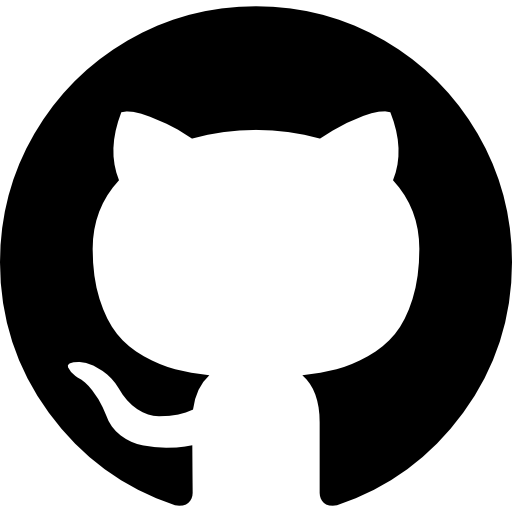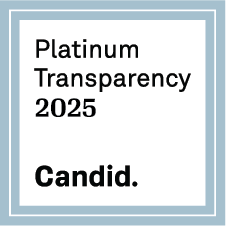LEGIT Team Completes Field Mapping in Zwedru City
Posted by Jess Beutler • June 5, 2017

Zwedru was the first of three cities that we are working to map in Liberia with DAI for the Liberia Local Empowerment for Government Inclusion and Transparency (LEGIT) project. When the HOT team first visited Zwedru in February, the official city map used by the City Corporation was hand-drawn, tattered, and outdated. Representatives from the City Corporation, community-based organizations (CBOs), civil service organizations (CSOs), and the Grand Gedeh County Community College volunteered three weeks of their time to create a new map that would accurately represent their city and would be available to everyone. Not only did participants gain skills in GIS and mobile data collection, some participants used smartphones and computer programs for the first time. After three days of training, our volunteers were eager and ready to begin mapping buildings, amenities, services and other features of their city.

Volunteers were excited to use smartphones for the first time (above) and quickly learned how to use them in the field.
During the course of field data collection, one of our volunteer teams took a quick break from mapping to demonstrate their new skills and explain the purpose of the project to a visiting delegation hosted by USAID. This delegation included Christine Elder, Ambassador of the United States to Liberia, and Ambassador Babatunde Olanrewaju Ajisomo, Special Representative of the President of ECOWAS Commission to Liberia. Though the delegation’s visit was brief, the volunteers successfully demonstrated their work and received strong encouragement from the delegation.

LEGIT Team explains the mapping process and tools to the Ambassadors.
In Liberia, a city extent is defined as an eight-mile radius from the city center. However, in Zwedru, much of this area lies outside of the urban area. Our volunteers braved rough conditions with strong determination to map all buildings within this eight-mile radius, even small communities deep in the forest. While these communities could be seen on aerial imagery, we were often unable to trace the roads and paths to these areas – instead relying on local knowledge of routes to reach them. Knee-deep in swamps or balancing across log bridges, volunteers quickly found that the “roads” to these small communities were often not roads at all. A resident of one rural village told us that during the rainy season when swamps and creeks swell, they are completely cut off from Zwedru. With OSMAnd running on their phones to provide GPX tracks, we now know the routes to these communities as well as the road conditions. Several of our volunteers, including some members of the City Corporation and community-based organizations, were surprised to learn of these conditions and believe that mapping these communities will help them bring services and improvements to these rural residents.

A volunteer going to map communities in the rural parts of Zwedru City.
Within the eight-mile radius of Zwedru, there are also three large facilities that required special permission for our volunteers to enter: the Liberian Armed Forces Barracks, the National Correction Palace (also known as prison), and the PTP Refugee Camp overseen by UNHCR and Liberia Refugee Repatriation and Resettlement Commission (LRRRC).
Previously operated by UNMIL Peacekeepers, the Liberian Armed Forces Barracks have only occupied their current site for the past year. As military families continue to move onto the base, the Armed Forces have a growing need to understand the infrastructure and services, such as water points and residential structures, available on the base. For this reason, HOT and our volunteers were well-received by military personnel.
In response to the 2010-2011 conflict in neighboring Cote d’Ivoire, the PTP Refugee Camp was established on an abandoned logging camp several miles outside the city center of Zwedru. While more than half of the refugees have now been repatriated to Cote d’Ivoire, many families still remain. Spread over 655 acres (265 hectares), the refugee camp is massive. However, many of the previous structures have been torn down or are now empty. UNHCR and the other organizations involved in the management of the camp were excited for HOT and our volunteers to provide a more accurate picture of the camp’s status – especially as the organizations begin developing plans for the future of the camp. With a daunting 3,600 structures traced in OSM, the entire team spent a day and a half mapping water and sanitation points, service delivery points and existing structures and marking those structures that no longer exist on the ground.

Working with Zwedru City Corporation and LISGIS to draw city boundaries.
While our teams were exploring the most remote parts of the eight-mile radius, members from the City Corporation, the Liberia Institute of Statistics and Geo-Information Services (LISGIS), and the HOT team were learning that until now, the city of Zwedru had been operating with a city boundary smaller than four miles in radius. This meant that much of the area that Liberian law would require Zwedru to incorporate was being managed by the districts, not the city. While we are yet to see if the city of Zwedru will work to incorporate this area, we were able to bring this discrepancy to the city’s attention by putting these rural communities on the map. Going forward, city officials will be able to use the data we collected to work with Ministry of Internal Affairs (MIA) to make boundary decisions for these outlying areas.
Additionally, we worked to create official boundaries of zones and communities within the (currently recognized) city limits. A zone is a cluster of several communities and communities are the lowest administrative unit of a city in Liberia.

Zwedru City extents visualised before and after LEGIT Mapping
Spreading large maps across a table, stakeholders worked together to mark out these boundaries as well as label street names. As Zwedru has been operating without a detailed map, the boundaries of communities and zones have not been visualized until now. Even street names have not previously been mapped – leading to sometimes two or even three names that streets are known by. On our last day in Zwedru, we brought together community leaders to help us finalize these boundaries and place names. Not having official – and public – documentation of this information can lead to conflicting information which made the discussion heated at times. Ultimately, we were able to create a map of official boundaries and place names with the guidance of community stakeholders.

Part of HOT’s mission in Liberia is to grow anOSM Liberia Communityto continue mapping efforts across the country. Taking a break from cleaning field data, HOT team members Jess Beutler, GIS Intern, and Emmanuel Greene, Mapping Supervisor, visited the Grand Gedeh County Community College to help students establish aYouthMapperschapter. Twelve students dedicated an entire day to learning about OpenStreetMap and editing with JOSM. Technology and internet access are current barriers for the community college students. However, the group hopes that with continued organizing and training they can build their resources to map Liberia.

We are excited to say that with the help of local community members, the entire 8-mile radius of Zwedru has been mapped. We are still working on uploading all of the data that we have collected and hope to have all data uploaded soon. We encourage you to visit Zwedru on OpenStreetMap and explore what this growing city has to offer.
This update was written by Jessica Beutler, Project GIS Intern.







